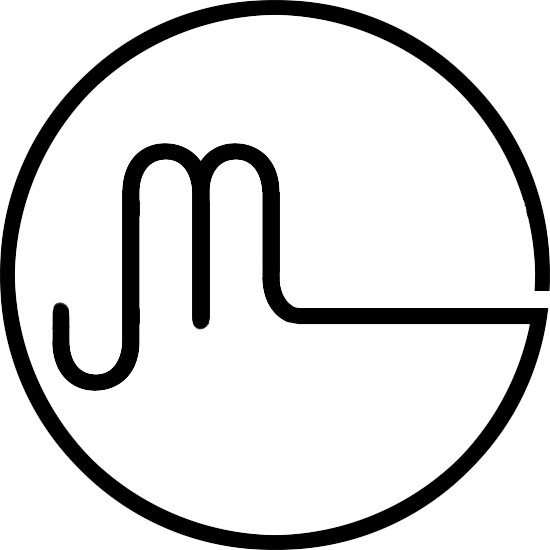When the Pelvis Twists: Understanding Sacral and Pelvic Torsions
Pelvic and sacral torsions are subtle but significant misalignments that can influence the way your whole body moves and feels. They are particularly common in people who spend long hours sitting—especially in slouched or uneven positions. Over time, this imbalance can lead to muscle tension, stiffness, and pain that may appear in the lower back, hips, or even the legs. Understanding how these torsions develop and how they affect your body can help you take simple steps to restore balance and prevent discomfort.
What Is a Sacral or Pelvic Torsion?
The pelvis forms the foundation of your spine and plays a crucial role in supporting the body’s weight and movement. A pelvic or sacral torsion occurs when one side of the pelvis or sacrum (the triangular bone at the base of the spine) rotates or tilts slightly in relation to the other side.
This small shift may not seem dramatic, but it can subtly change the way the spine, hips, and legs work together. Over time, even minor asymmetry can affect posture, joint loading, and the way forces travel through the body.
How “Sacral Sitting” Can Contribute
Modern life often encourages postures that the body was never designed for. “Sacral sitting” is a common example—this is when you sit with your tailbone tucked under and your pelvis rolled backwards, rather than sitting upright on the sitting bones.
When this position is held for hours at a time, especially if the weight is more on one side, the pelvis can gradually twist or become unevenly loaded. This can happen when:
You sit cross-legged or lean into one hip at your desk.
You sit with a wallet or phone in one back pocket.
Your workstation setup causes you to twist or reach repetitively to one side.
Over time, the ligaments and muscles that support the sacroiliac joints (where the sacrum meets the pelvis) begin to adapt to this uneven strain, leading to a mild but persistent torsion.
What Happens in the Muscles
The body is remarkably adaptive, and when the pelvis moves out of alignment, the muscles around it try to stabilise and compensate.
Tight or overworked muscles: One side of the lower back, buttock, or hip may become tense as it works harder to support the altered position.
Weakened or inhibited muscles: The opposite side may become underactive or stretched, losing strength and stability.
This creates a cycle of imbalance—the tighter side keeps pulling, and the weaker side struggles to stabilise, keeping the pelvis out of balance.
How It Feels: Common Symptoms
A sacral or pelvic torsion can present in many ways, depending on which structures are under strain. Common symptoms include:
A dull ache or sharp pain in the lower back, buttock, or hip.
A feeling that one leg is longer or shorter.
Pain or stiffness after sitting or standing for long periods.
Difficulty bending forward or rising from a chair.
Discomfort radiating into the groin or down the back of the thigh.
These symptoms can come and go but often worsen when sitting postures are not addressed or when muscular imbalance is left uncorrected.
Why It Causes Pain
The sacrum functions as a keystone between the spine and the legs, allowing efficient transfer of force through the body. When it is twisted or tilted, the load on the joints and ligaments becomes uneven. Muscles respond by tightening protectively, and the brain interprets this as instability, triggering pain or discomfort.
Over time, this compensation pattern can extend upwards into the spine and shoulders or down into the knees and feet, as the body continuously adjusts to maintain balance.
Restoring Balance
The good news is that the body responds well to gentle, corrective treatment and mindful movement. Osteopathic care focuses on restoring normal alignment and mobility of the pelvis and sacrum, while retraining the surrounding muscles to share the load evenly again.
Alongside treatment, simple lifestyle adjustments—such as improving workstation ergonomics, standing up regularly, and sitting evenly on both sitting bones—can make a lasting difference.
Conclusion
Sacral and pelvic torsions are more than just minor misalignments; they are the body’s response to the stresses of modern living. By understanding how posture, sitting habits, and muscular balance contribute to these issues, you can take meaningful steps toward comfort and ease of movement.
If you experience ongoing pelvic or lower back discomfort, a professional assessment can identify whether a sacral torsion is part of the picture and help you find long-term relief through individualised osteopathic care.
References
Vleeming, A., Schuenke, M. D., Masi, A. T., Carreiro, J. E., Danneels, L., & Willard, F. H. (2012). The sacroiliac joint: an overview of its anatomy, function and potential clinical implications. Journal of Anatomy, 221(6), 537–567. https://doi.org/10.1111/j.1469-7580.2012.01564.x
Cohen, S. P. (2005). Sacroiliac joint pain: a comprehensive review of anatomy, diagnosis, and treatment. Anesthesia & Analgesia, 101(5), 1440–1453. https://doi.org/10.1213/01.ANE.0000180831.60169.EA
Al-Subahi, M., Alayat, M., Alshehri, M., et al. (2017). The effect of sitting posture on the lumbosacral region: a systematic review. European Spine Journal, 26(8), 2196–2206. https://doi.org/10.1007/s00586-017-5074-2
O’Sullivan, P. B., Dankaerts, W., Burnett, A. F., Chen, D., Booth, R., Carlsen, C., & Straker, L. M. (2006). Effect of different upright sitting postures on spinal–pelvic curvature and trunk muscle activation in a pain-free population. Spine, 31(19), E707–E712. https://doi.org/10.1097/01.brs.0000234735.98075.50
Hungerford, B., Gilleard, W., & Hodges, P. (2003). Evidence of altered lumbopelvic muscle recruitment in the presence of sacroiliac joint pain. Spine, 28(14), 1593–1600. https://doi.org/10.1097/01.BRS.0000076821.41807.83
Mooney, V., & Pozos, R. (2001). Exercise therapy for sacroiliac pain. The Clinical Journal of Pain, 17(3), 294–298. https://doi.org/10.1097/00002508-200109000-00011
PhysioPedia. (2024). Sacroiliac Joint Dysfunction. Retrieved from https://www.physio-pedia.com/Sacroiliac_Joint_Dysfunction
